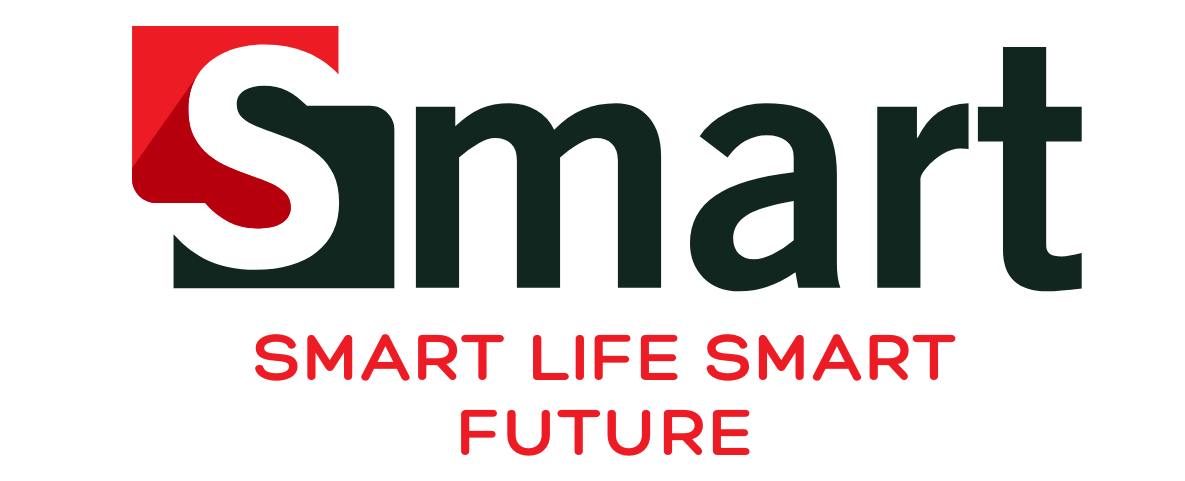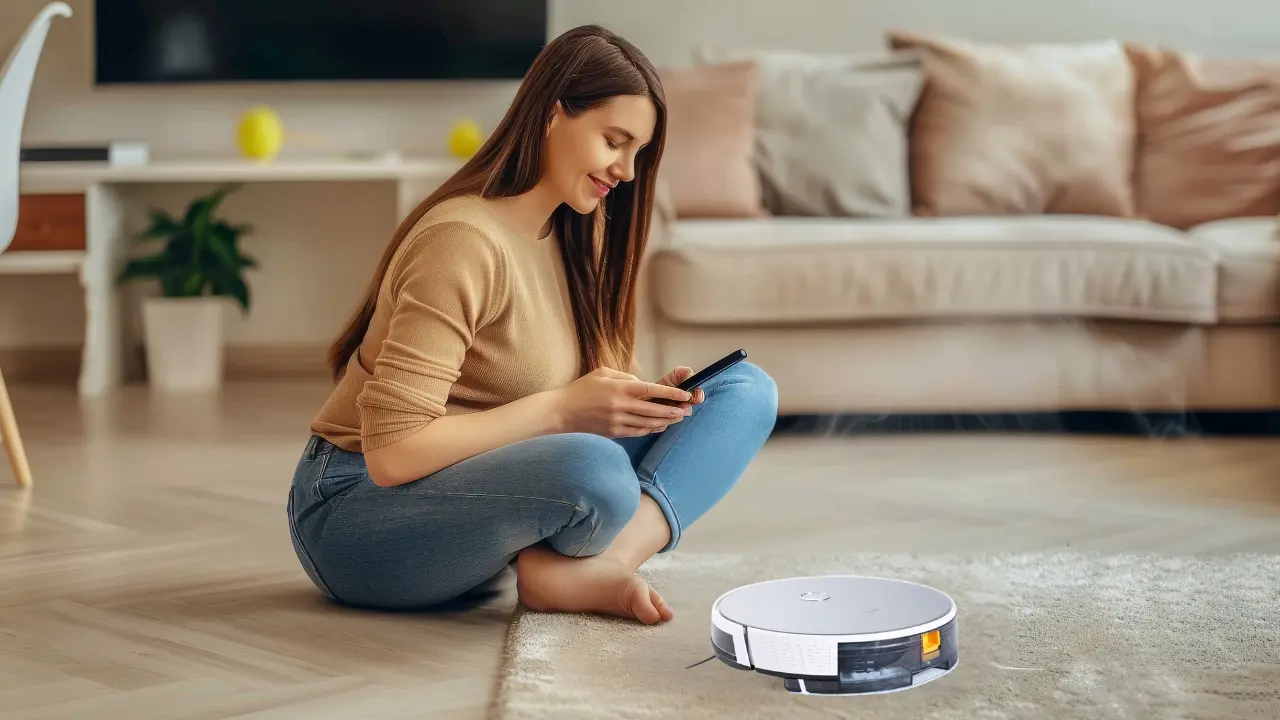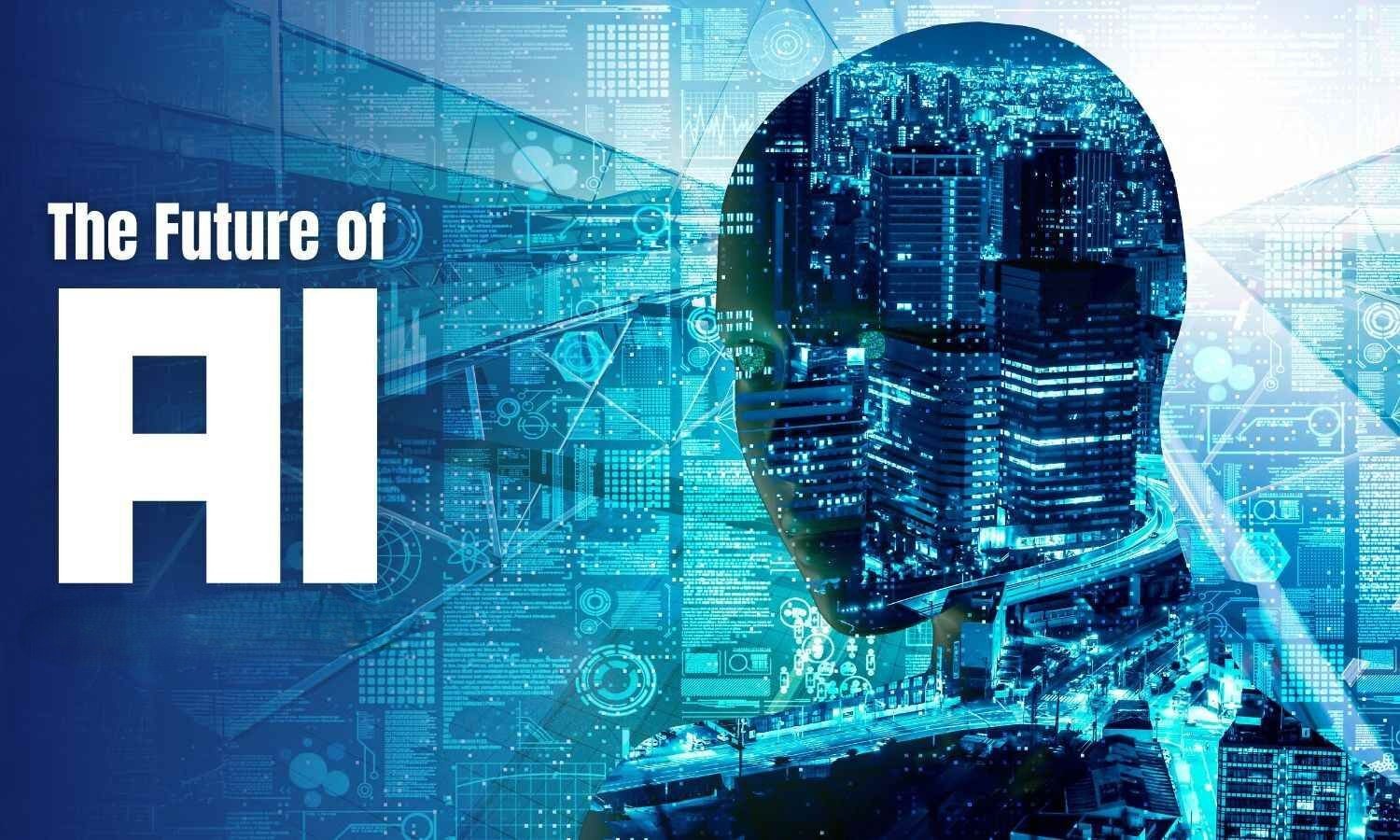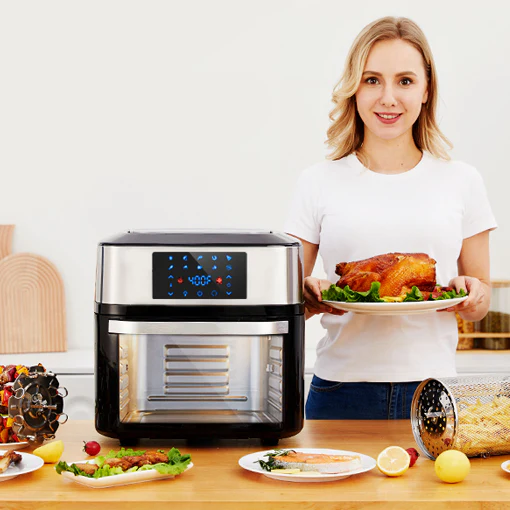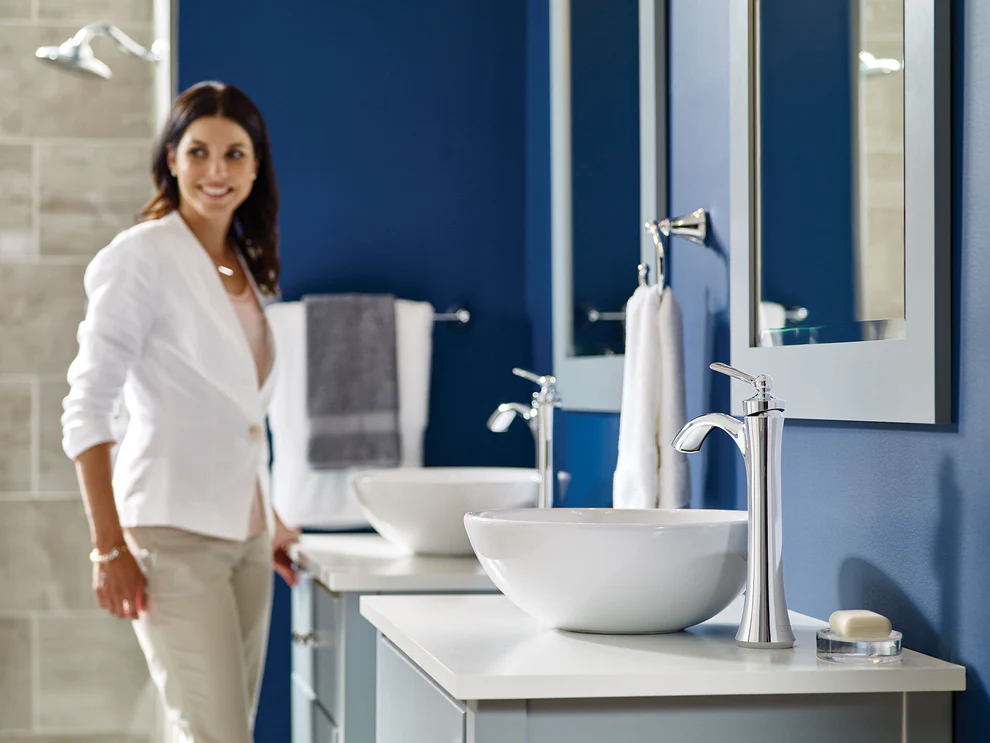
Within the changing dimensions of technology, Artificial Intelligence stands out as one of the most revolutionary creations of the 21st century. From health care to finance, its applications in different fields have varied; however, one of the deepest and most personal could be that involving smart homes. Through the integration of intelligence, adaptability, and automation, AI-powered systems are setting new ways in which humans interact with living spaces.
This report investigates how AI is making modern homes not only more functional but also increasingly safe, efficient, and comfortable to live in. From prediction to frictionless automation, AI is shaping the future of home living.
1. Personalized Living: Tailored Experiences with AI
What distinguishes AI, however, is its capacity for learning to adapt to the liking of its user. In smart homes, for instance, AI will study your behaviors and habits to craft a setting that perfectly complements your distinctive lifestyle.
Examples of AI-driven personalization:
- Smart Thermostats: Devices like the Google Nest Learning Thermostat monitor your daily routines, learning when to adjust heating or cooling to ensure comfort while conserving energy.
- Lighting Systems: AI-powered lighting, such as Philips Hue, adjusts brightness and color according to the time of day, your mood, or your activities.
- Voice Assistants: Virtual assistants, including Amazon Alexa and Google Assistant, can recognize individual voices for personalized responses to reminders, schedules, and even favorite playlists.
AI creates a truly intuitive and accommodating home environment by automating routine tasks and personalizing settings to keep things easy and comfortable.
2. Improved Security in Smart Homes Using AI
Security is the main concern of every homeowner; AI has elevated home protection to a new horizon. The simple security systems gradually transformed into smart solutions that may proactively monitor and detect aberrations.
AI Innovations in Home Security:
- Face Recognition: The AI in smart cameras, such as Arlo Pro 5S, differentiates known faces from unknown ones to avoid unnecessary alarms and enhance safety.
- Behavioral Analysis: AI identifies unusual activities, such as doors opening at uncanny hours and unusual inactivity in certain areas, and sends real-time alerts to the owner.
- Smart Locks: AI-enabled locks like August Smart Lock Pro assure the provision of keyless entry and grant/revoke access even remotely.
These systems all leverage automation with intelligence to ensure your house will be always secure.
3. Energy Efficiency and Sustainability
AI is instrumental in efficient energy usage, reduction of waste, and sustainable livelihood. Smart home systems powered with AI continuously monitor consumption patterns of energy and make needed adjustments in real-time to reduce any inefficiencies.
How AI Optimizes Energy Use:
- Smart HVAC Systems: AI-operated thermostats adjust temperatures by forecasting weather conditions, occupancy, and even your schedule to cut energy waste.
- Appliance Efficiency: AI-powered home appliances, such as refrigerators and washing machines, automatically set optimal energy efficiency settings and suggest greener options.
- Predictive Maintenance: AI senses impending performance issues with appliances, enabling timely repairs to avoid energy overconsumption and reduce equipment wear and tear.
Overall, it’s a smart, green home that minimizes one’s carbon footprint while reducing one’s utility bills.
4. Effortless Automation for Convenience daily
Automation may be viewed as the heart of a smart home; for example, AI brings intelligence and the capability of adaptation. Unlike traditional automation, which is based on fixed programming, AI systems actually learn and get better over time, thus changing and adapting according to your needs.
Applications of AI in Home Automation:
- Routine Scheduling: Automate daily tasks, such as turning off lights, adjusting thermostats, and locking doors, with AI-powered hubs like Samsung SmartThings.
- Voice Control: Let AI assistants make managing your home hands-free. From simply playing music to setting the ambiance of a room, you can do it with just one voice command.
- Proactive Alerts: Receive notifications on key tasks, such as reordering groceries, changing air filters, or scheduling appliance maintenance.
AI converts homes into an efficient, self-managed ecosystem that frees time and reduces stress for the home occupant.
5. Health and Wellness Monitoring
AI has gone as far as health and wellness to ensure even smart homes contribute to living a better life. The ability to monitor environmental factors to personal health metrics makes AI-powered devices create healthier living spaces.
Examples of AI in Wellness:
- Air Quality Management: Devices like Dyson Purifiers use AI to detect and neutralize pollutants, allergens, and harmful particles, maintaining optimal indoor air quality.
- Sleep Optimization: AI-integrated mattresses and monitors, such as Eight Sleep Pod, track sleep patterns and adjust the temperature for a restful night.
- Fitness Integration: Smart home systems connect with wearable devices to provide real-time health insights and personalized workout plans.
These features ensure that smart homes support not only physical health but also mental well-being.
6. Intelligent Interconnectivity Across Devices
AI acts as the brain for smart homes, integrating various devices into one cohesive ecosystem. This, in turn, enables various systems to interact powerfully with each other and helps create a cohesive and intuitive living experience.
Key Benefits of AI-Driven Connectivity:
- Ecosystem Integration: AI makes the communication of such devices as thermostats, lighting systems, and security cameras work in harmony.
- Cross-Platform Compatibility: AI helps to bridge the gap between different platforms and makes them work seamlessly across various systems, including Apple HomeKit, Google Home, and Amazon Alexa.
- Unified Control: Various devices can be controlled from one central place via an application, further simplifying their use and interaction.
With a more interoperable solution, that connected experience remains smooth and user-friendly from within one’s living space.
7. Predictive Maintenance and Cost Efficiency
The use of AI analyzes the maintenance needs within your home in real time; in effect, the ability of this intelligence becomes predictive and ensures real cost-cuteness by reducing potential downtimes.
- Timely Notifications: Notifications to the homeowner about required maintenance or repairs before issues snowball.
- Cost Savings: AI through warnings reduces repair costs and also avoids costly replacements.
This helps homeowners extend the life of their appliances and systems, also ensuring that they work more efficiently.
8. Future of AI in Smart Homes
The potential of AI in smart homes is virtually endless. As the technology develops, its role in molding how we live will grow.
Emerging Trends.
- Emotion Recognition: AI may soon interpret facial expressions and voice tones to adjust lighting, temperature, and music according to your mood.
- Autonomous Robots: From cleaning to meal preparation, AI-driven robots will involve themselves in home life.
- Smart Neighborhoods: AI can link the scale from individual smart homes up to cohesive communities, optimizing energy use and resource sharing across larger scales.
Above and beyond the conveniences, AI will involve the creation of intelligent environments that adapt, learn, and evolve with their occupants.
Conclusion: Embracing the AI-Driven Smart Home Revolution
AI has ushered in a new phase of living in smart homes and has made them responsive, efficient, and truly intelligent. The impact of AI on smart homes runs deep, touching base with personalized comfort, enhanced security, energy optimization, and health monitoring.
As technology continues to evolve, the potential for AI-driven innovation in smart homes is limitless. By embracing these technologies today, homeowners can ensure a more comfortable, secure, and sustainable future.

